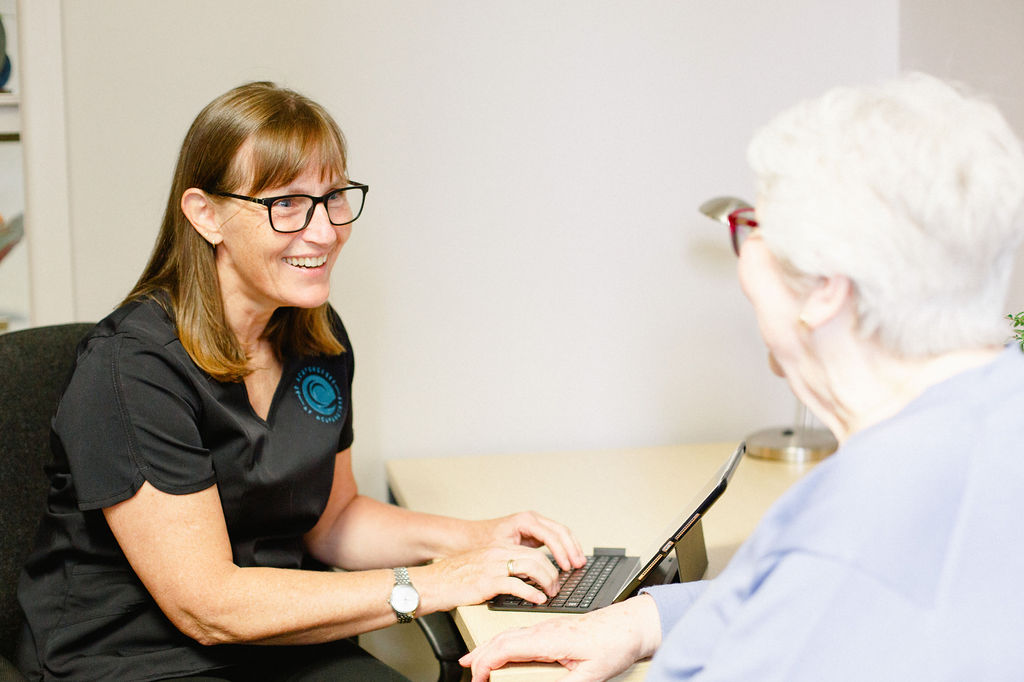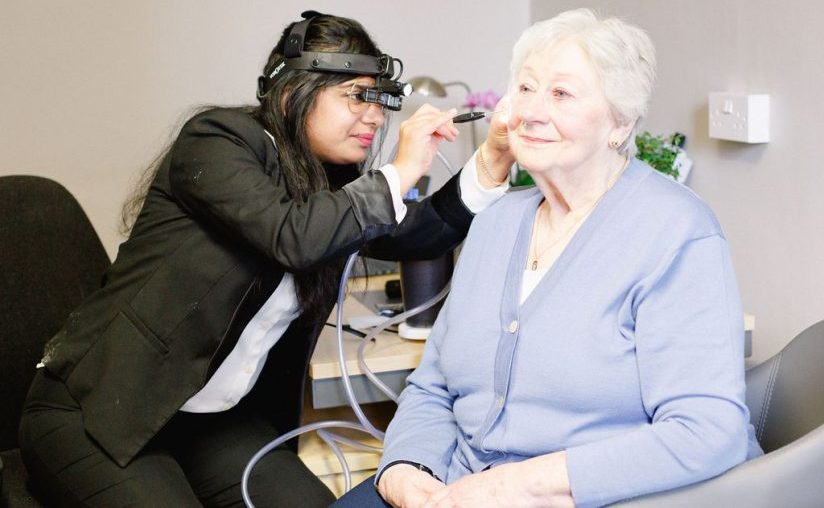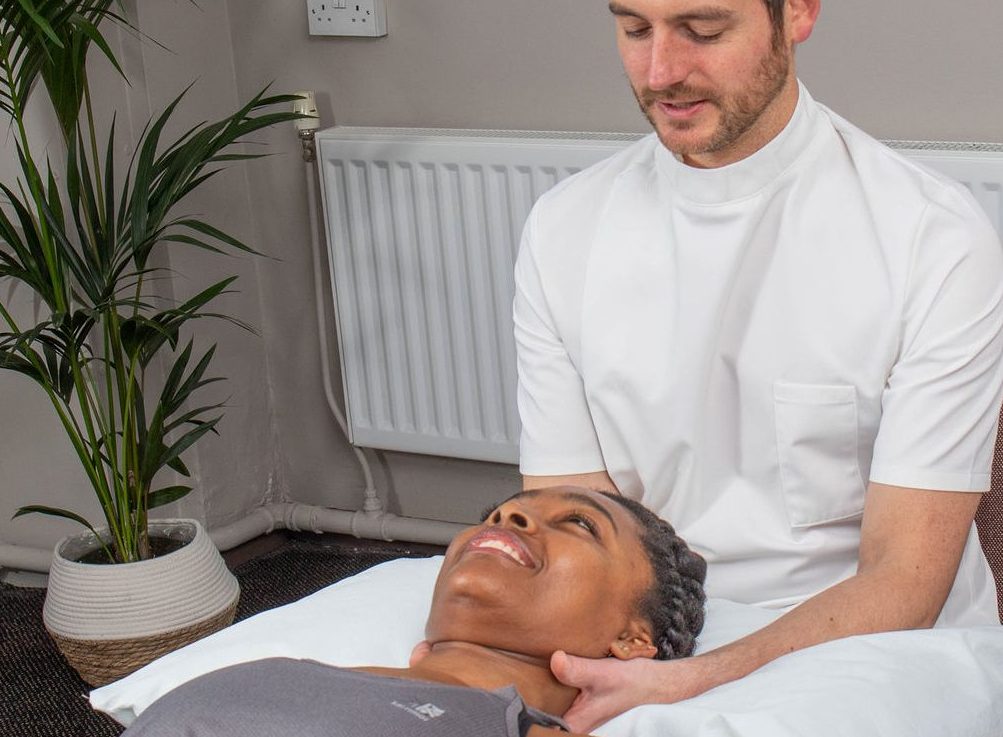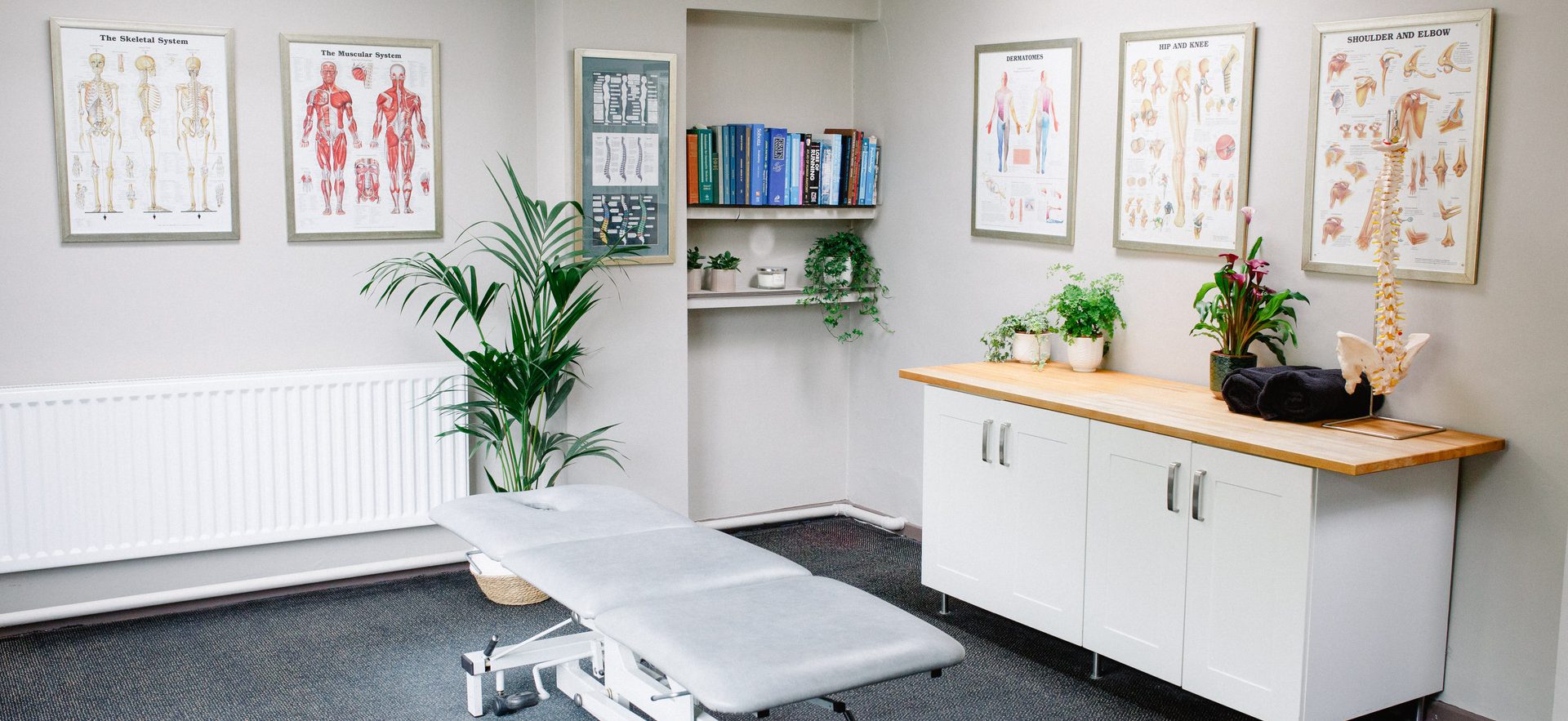Shockwave Therapy
What is Shockwave Therapy?
Shockwave Therapy is an evidence-based, highly effective treatment that involves passing pressure waves into damaged & painful tissues to increase blood flow, stimulate repair and provide pain relief. There are 2 types of shockwave therapies: radial & focused shockwave. Here at Castle Clinic, we use radial shockwave therapy to deliver these pressure waves into damaged tissues such as tendons and muscles. This is done by applying a hand-held device onto the site of injury
What can it treat?
Shockwave Therapy can be used to treat a number of musculoskeletal conditions, particularly those that are chronic or persistent, which haven’t responded to other treatments such as medication, rest, injection therapy, orthotics and physiotherapy. Conditions treated include:
- Plantar fasciitis
- Achilles tendinopathy
- Rotator cuff problems
- Trochanteric bursitis
- Patella tendinopathy (aka runner’s knee)
- Tennis & golfer’s elbow
- Calcific tendonitis
Is it effective?
Success rate ranges between 60-90%, depending on the condition being treated. When combined with rehabilitation, Shockwave Therapy is clinically proven to be successful in most patients with the conditions listed above after 3 months. It is used by top orthopaedic hospitals and in elite sport and is covered by many health insurance companies including AXA.
Is it painful?
You may experience some discomfort during treatment, but the pain should be tolerable. The intensity of the shockwaves can be adjusted accordingly. Due to the analgesic effect of Shockwave Therapy many patients report immediate pain relief following treatment.
How many sessions are needed?
The amount of treatment sessions will vary dependent on the condition being treated and the length of time you have had it for. As a rule, 3-6 sessions are advised. Sessions last about 20-30 minutes.
Is Shockwave Therapy Safe?
Yes, it has NICE Guidance for a large number of indications and is used within the NHS. Shockwave Therapy performed by appropriately trained practitioners is largely risk free. Common side-effects include short-term soreness, redness and bruising.







